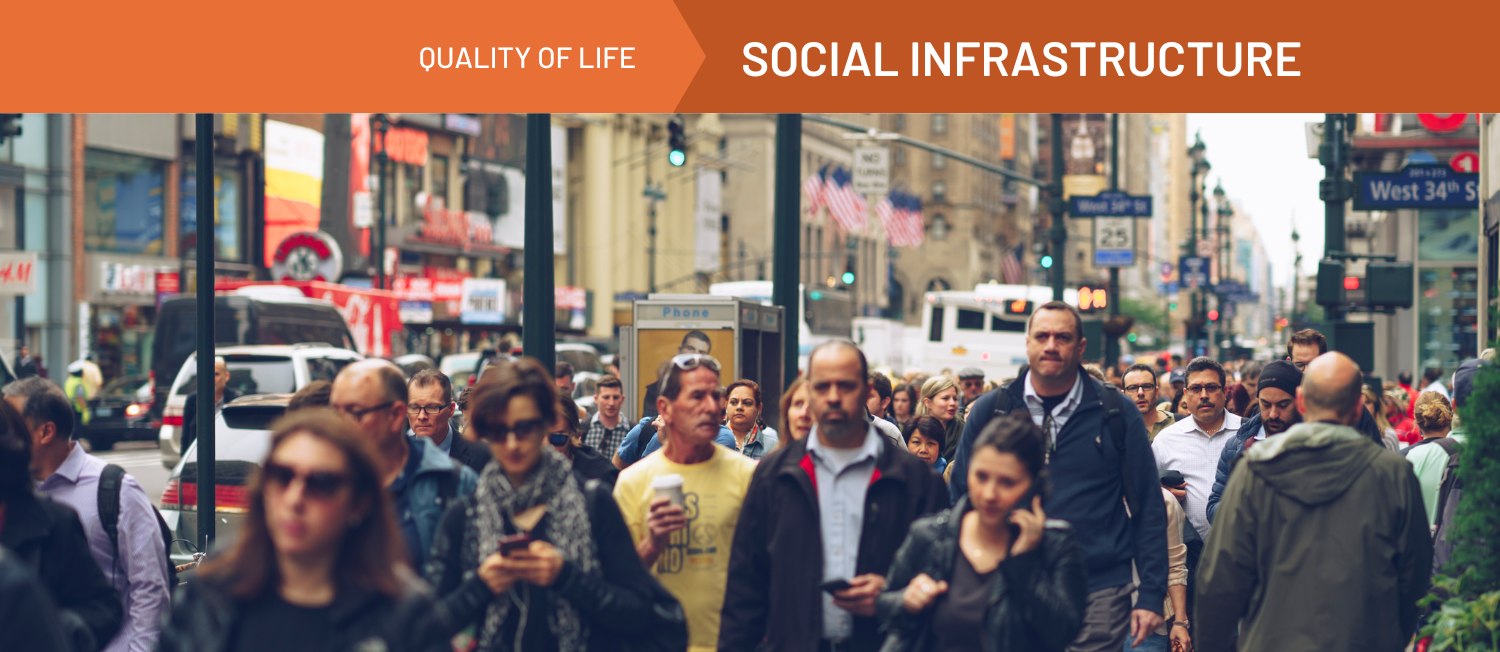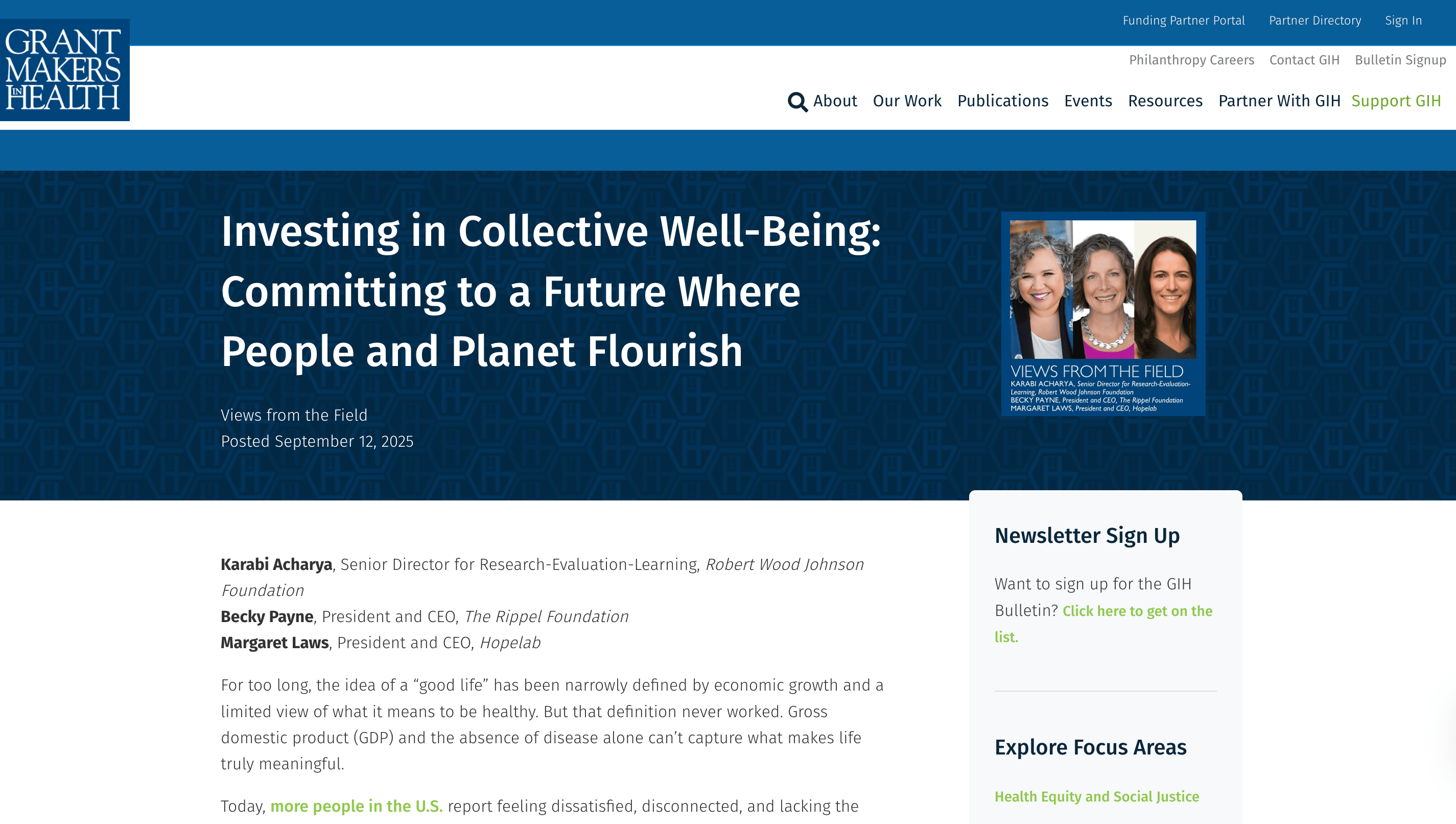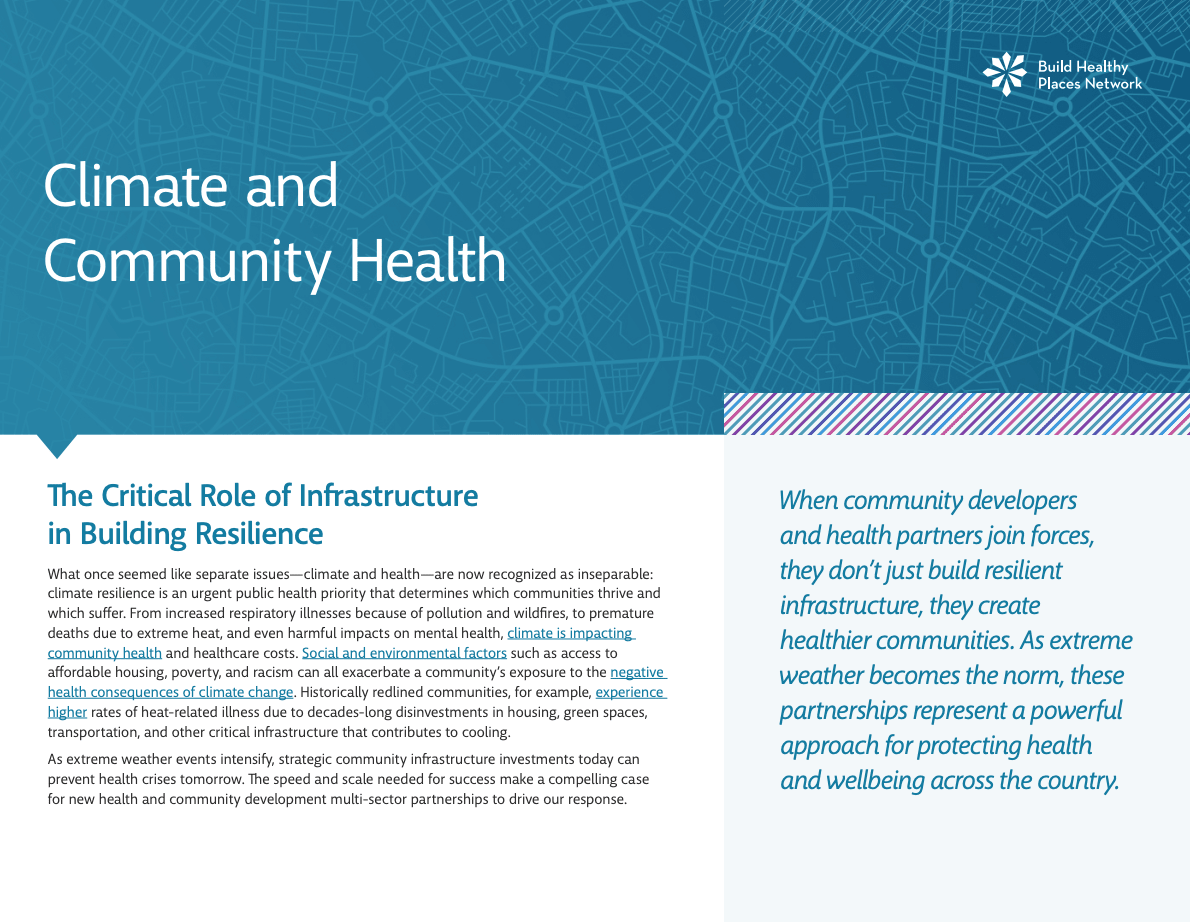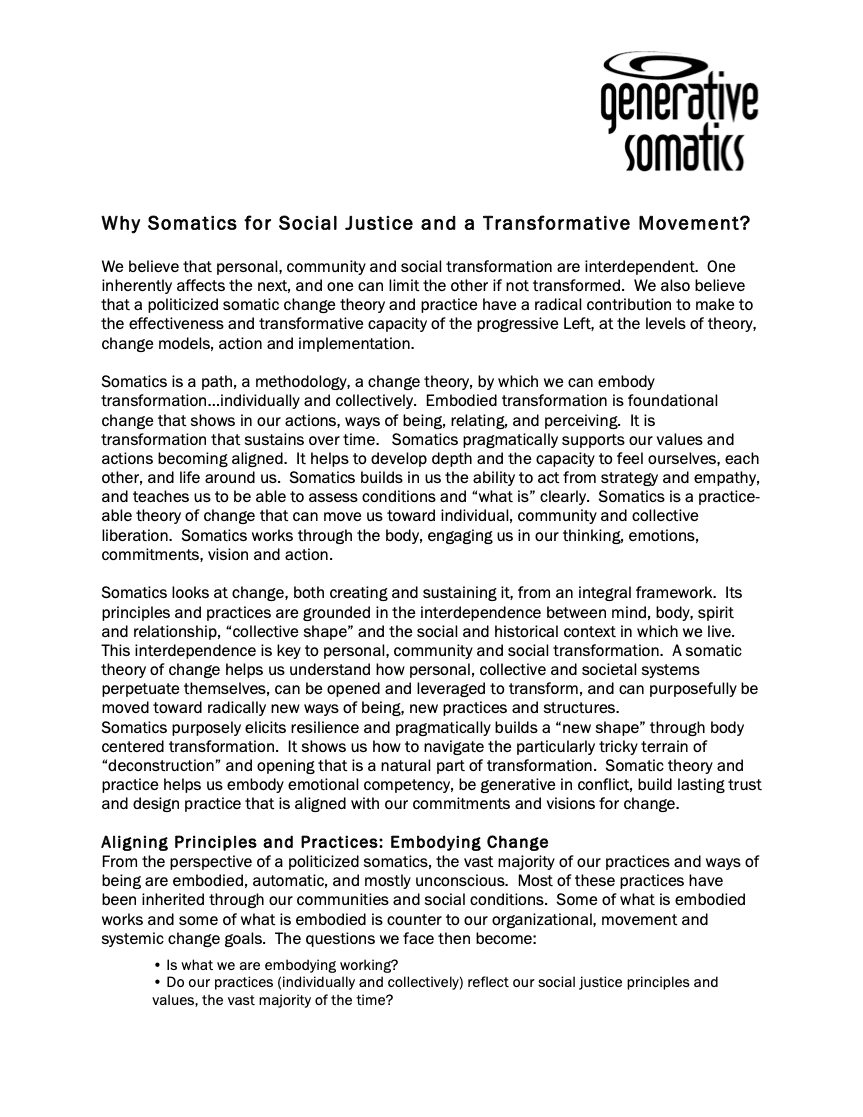Community Resilience
Community resilience encompasses the collective capacity of a community to respond to, withstand, and recover from adverse situations such as natural disasters, economic crises, and social upheavals. It involves community systems, infrastructure, social and economic networks, local government responsiveness, and the community's ability to adapt and transform in the face of challenges.
Resilience enables communities to withstand and recover from crises, minimizes long-term disruptions to daily life, supports economic stability, and safeguards community well-being. Communities benefit from collective resilience and there are both immediate (post-disaster) and long-term effects. Community resilience is associated with reduced mortality rates, lower economic losses, and improved mental health among populations facing adversity.
Recent natural disasters (e.g., Hurricane Katrina), public health emergencies (e.g., the COVID-19 pandemic), and economic downturns (e.g., the 2008 financial crisis) highlight the urgent need to foster community resilience. These events have increased awareness and encouraged efforts to build resilience through improved planning, resource allocation, and community engagement. Yet, many U.S. communities have a long way to go in terms of achieving community resilience and preparedness, and resilience differs significantly between communities.
Low-income communities, communities of color, elderly populations, and those in geographically vulnerable areas stand to benefit most from efforts to build resilience. These groups often face higher risks and slower recovery due to limited resources, systemic inequalities, and poorer access to support systems. Addressing the unique needs of marginalized communities and distributing resources and support equitably is critical to advancing equity in resilience-building efforts. It is crucial to involve diverse community voices in resilience planning and decision-making processes to ensure that the measures taken are effective, equitable, and sustainable over the long term.
Policymakers can build community resilience by advancing policies that emphasize sustainable development and disaster preparedness, promoting access to resources, and bolstering social support networks. They can also facilitate collaborative partnerships between government, private sector, and civil society to implement comprehensive climate adaptation strategies and equitable community development. Additionally, leveraging technology and data-driven approaches can enhance monitoring, response, and recovery efforts, ensuring communities are better equipped to withstand and recover from challenges. Community-based resilience-building efforts can foster transformative change by leveraging social capital and utilizing arts and culture to support affected communities. Building community power and leadership through empowering political and economic growth will support collaborative decision-making.
Resources & Tools
In Solidarity with Maui: Taking Action for Wildfire Response, Recovery, and Prevention
Story
-
 Original
Original
Brought to you by Community Commons
Published on 08/24/2023
An Introduction to Systems Change
Story
-
 Original
Original
Brought to you by Community Commons
Published on 12/03/2024
Enterprise Community Partners advance well-being through the power of home
Story
-
 Original
Original
Brought to you by Community Commons
Our Need for a National Resilience Strategy
Story
-
 Original
Original
Brought to you by Community Commons
Published on 11/21/2017
Wellbeing in Disaster Recovery: Understanding Where Systems Get Stuck
Resource - Journal Article
Brought to you by Elsevier, Inc.
Fascism and Isolation vs. Democracy and Interconnection: The Narrative Antidote to Authoritarianism
Resource - Blog
Brought to you by Horizons Project
Repository of Resilience Measures
Resource - Data Bank/repository
Brought to you by Harvard University T. H. Chan School of Public Health
Tackling America’s Mental Health and Addiction Crisis Through Primary Care Integration
Resource - Report
Brought to you by Bipartisan Policy Center Inc.
Three Essential Ways to Provide Support Community Rebuilding After Disasters
Resource - Blog
Brought to you by Peak Grantmaking Inc.
Investing in Collective Well-Being: Committing to a Future Where People and Planet Flourish
Resource - Website/webpage
Brought to you by Grantmakers in Health
Delaware Coalition Proposes Land-Use Reform
Resource - Blog
Brought to you by Healthy Communities Delaware
How Can a Community Pursue Equitable Health and Well-Being After a Severe Shock? Ideas from an Exploratory Simulation Model
Resource - Journal Article
Brought to you by MDPI
America's Bridge Building Movement: Strengthening the Fabric of One Nation, Indivisible
Resource - Report
Brought to you by Listen First Project
Community at the Heart of Health System Transformation: Lessons from Accountable Communities of/for Health
Resource - Blog
Brought to you by National Civic League
Climate and Community Health Factsheet: The Critical Role of Infrastructure in Building Resilience
Resource - Fact Sheet
Brought to you by PHI
Resilience Strategies for Communities at Risk
Resource - Report
Brought to you by Urban Land Institute
Published on 01/01/2014
Equity and Enhanced Individual and Community Resilience Are Integral to a Meaningful Recovery
Resource - Blog
Brought to you by ODPHP
Supporting Communities and Local Public Health Departments During COVID-19 and Beyond: A Roadmap for Equitable and Transformative Change
Resource - Report
Brought to you by PHI
An Exploration of Individual and Collective Practices For Community-Based Leaders in Times of Transition
Resource - Guide/handbook
Brought to you by APHA
A Guide for Building a Sustainable and Resilient Collaboration
Resource - Guide/handbook
Brought to you by Tamarack Institute
A Guide for Assessing Climate Change Risk
Resource - Guide/handbook
Brought to you by Urban Land Institute
Social Connection Measurement Tools Inventory
Resource - Data Bank/repository
Brought to you by Foundation for Social Connection
Federal Plan for Equitable Long-Term Recovery and Resilience for Social, Behavioral, and Community Health
Resource - Plan
Brought to you by ODPHP
The Power of Arts and Culture: the Heart of Community Health, Revitalization, and Inclusion
Resource - Report
Brought to you by Local Initiatives Support Corporation
Communities Already Burdened by Economic Hardship Face Compounding Disasters
Resource - Report
Brought to you by CHR&R
Data & Metrics
Related Topics

































































